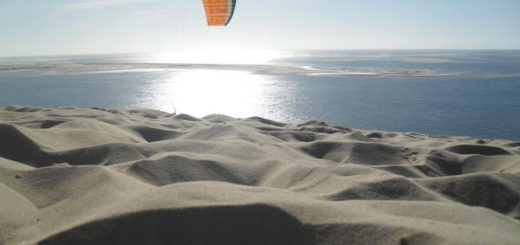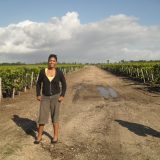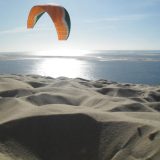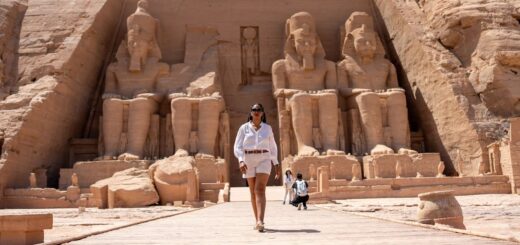Peru Trip- The Route of the Sun & Lake Titicaca
With everything that has been going on globally and personally over the last couple years, it took me quite some time to come back and finish these last set of posts from this trip. I wondered if it made sense in doing so after so much time had passed. However I remember that when I was planning this trip, there really was not much I found on this section of the trip; certainly not in comparison to more popular itineraries. So hopefully I can provide some insight for someone else along the way.
I read an article about the people of the Uros floating Islands in Lake Titicaca, and had been intrigued. Most information available is about travel to Lima, the Cusco region, and to a lesser extent the Amazon. There was much less information available in comparison for travel to the Lake Titicaca region.
The options to get to Lake Titicaca from Cusco were to go by regular bus (which didn’t seem advisable), by train (which was on the expensive side), a flight to Juliaca , or by coach bus. During my search, I realsied than some of the Coach buses had an add-on of a sight-seeing tour along the journey called the “Route of the Sun”. I decided to go with the service offered by Inka Express. I figured that if we were going to take the coach bus anyway, we might as well do some sight seeing.

The first stop was at Andahuaylillas. The church here is known as the ‘Sistine Chapel of the Andes”. No cameras were allowed here, so I don’t have any pictures to share of the ornate interior.
The nest stop was Raqchi which is an Inca ruin. It is a relatively small site that was nice to have a little walk around with the short guided tour.
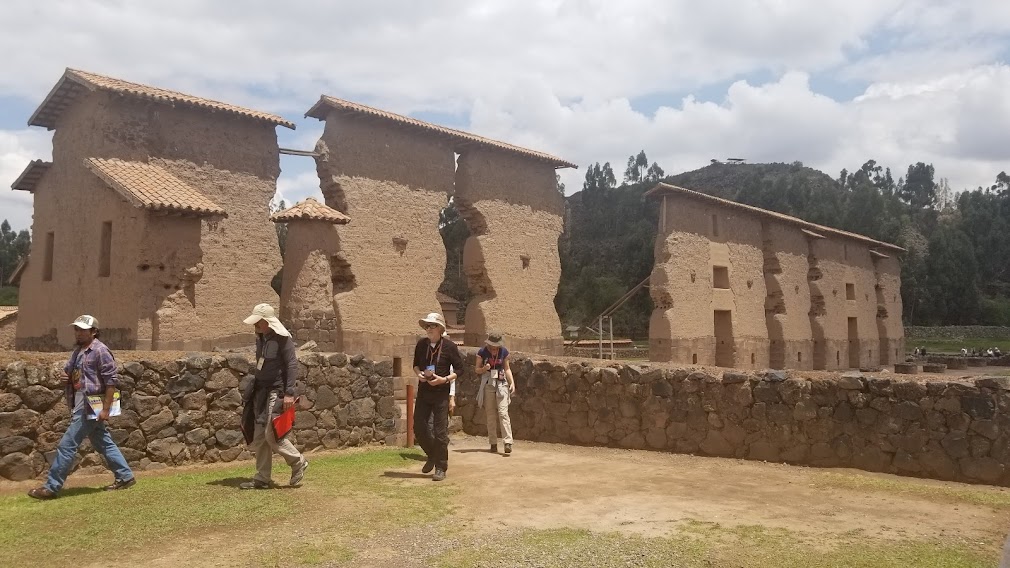
There was a small museum at the lunch stop, but we decided to skip it.
The next stop was at Abra la Raya pass. At this stop there were snow capped peaks framing the landscape. I got out to take some pictures with a Quecha lady and her llamas. Was it a tourist trap? Absolutely- but they were so cute!

The last stop before Puno was Pucara. Here we visited a museum that detailed the history of the site, including the pre-Incan civilisation of the same name (Pucara).


Then it was onward to Puno, which sits on the shores of Lake Titicaca. We took short taxi ride from the bus station up to our hotel. We stayed right in the centre at the Tierra Viva Hotel. It was very easy to get out and find somewhere to have dinner. The people of this region, even more so than in Cusco, are descendants of the Quecha people. in fact, that is the dominant language spoken. I don’t really have much to say about Puno itself as we didn’t spend much time exploring.
Lake Titicaca
The next morning we got picked up from our hotel by and were on to our tour on Lake Titicaca with stops at the Uros Islands and Taquile Island. For slighlty more, the tour company offered a speed boat option which pretty much halved the travel times on the lake. I decided to go with that. Even with that, I paid about $35 each for the whole tour. Normally I would post the link to the tour company however it seems they are no longer in operation. I would suggest using Find Local Trips to book a similar tour.
Lake Titicaca sits at the border of Peru and Bolivia. At 3800+ m above sea level, it is known as the highest navigable lake in the world. Titicaca is one of less than twenty ancient lakes on earth, and is thought to be three million years old.
The Uros Floating Islands
The first stop of the tour was one of the Uros Floating Islands. A few years back I had read a National Geographic article about this culture thought it would be cool to see it one day. The Uros are said to have migrated to the lake nearly 3700 years ago. Our tour guide was of the Uros people and had attended school on the mainland.
There are approximately 80-120 islands built of totora, an aquatic plant that grows on the surface of Lake Titicaca. The totora is woven and laid on another layer of it to build the surface of each island. The president of the island we visited gave an explanation of how the islands are constructed using the reeds and how they are maintained.


It was very chilly while we were at this stop. I’ve mentioned it in previous posts, but this is a trip for which you would be well-advised to plan out your layers. Definitely better to have too many than too few.
Following the tour of the island, there was an option for an additional 10 soles each (<$3) to go for a ride on one of the traditional reed boats.


I had seen complaints in reviews about the Uros Islands tours feeling “inauthentic”. I’m not really sure what people were expecting though. Giving a little insight into their way of life IS the occupation of many on the islands, and this is what they depend upon to help them survive. Of course they were going to try to sell us souvenirs and trinkets at the end. What is it that you are really expecting to see? Especially for the minimal costs that the tours at that level operate at. I was able to see past whatever it is that some people find so offensive, and appreciate the tour for what it was.
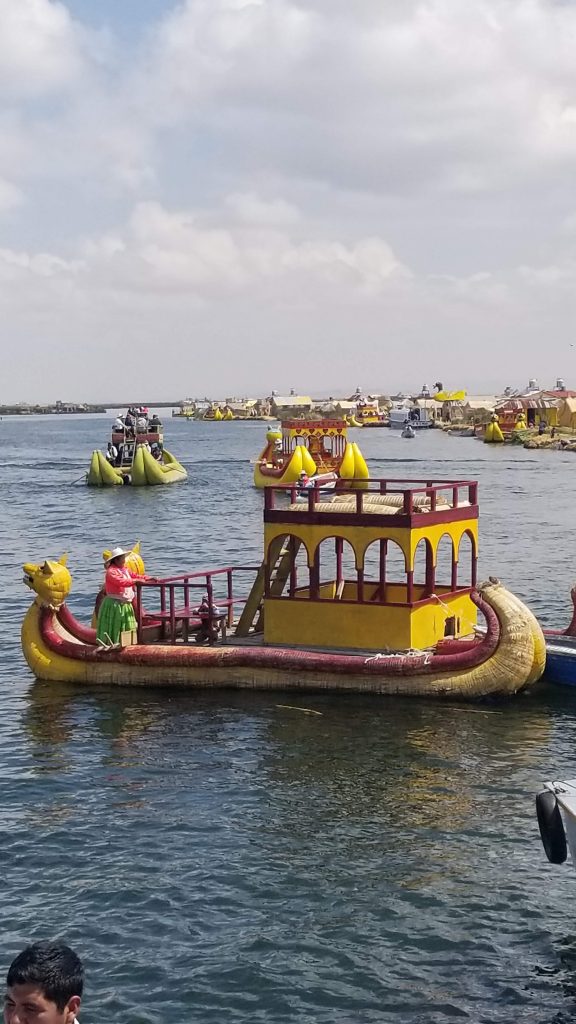
Taquile Island
The rest of the tour would take us to Taquile island. The ride from the Uros was roughly an hour if I remember correctly. Taquile Island is also a UNESCO World Hertage site in its own right. It is known for fine handwoven textiles and clothing. Traditionally, knitting is exclusively performed by males, beginning in early boyhood. Women spin wool and use vegetables and minerals to dye the wool to be used by the community
Upon arrival at Taquile, we took a leisurely hike to the crest of the island . We then made or way to the lunch stop where we watched some traditional performances while we waited for lunch to be served.There ws a really good lunch provided of fresh fish from the lake. It was a very peaceful, pleasant way to spend an afternoon.
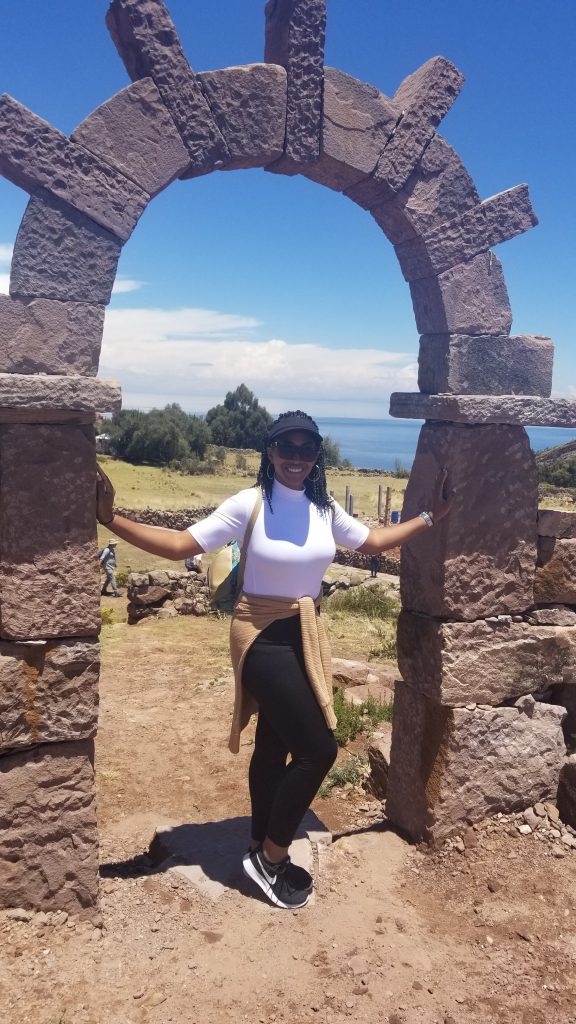


We departed the next morning from the nearby Juliaca airport back up to Lima for the last leg of our journey.
Tips
- Find Local Trips is a really useful platform
- Pack layers in your day trip bag.
Still to come: Lima, The Ballestas islands & Huacachina Oasis


